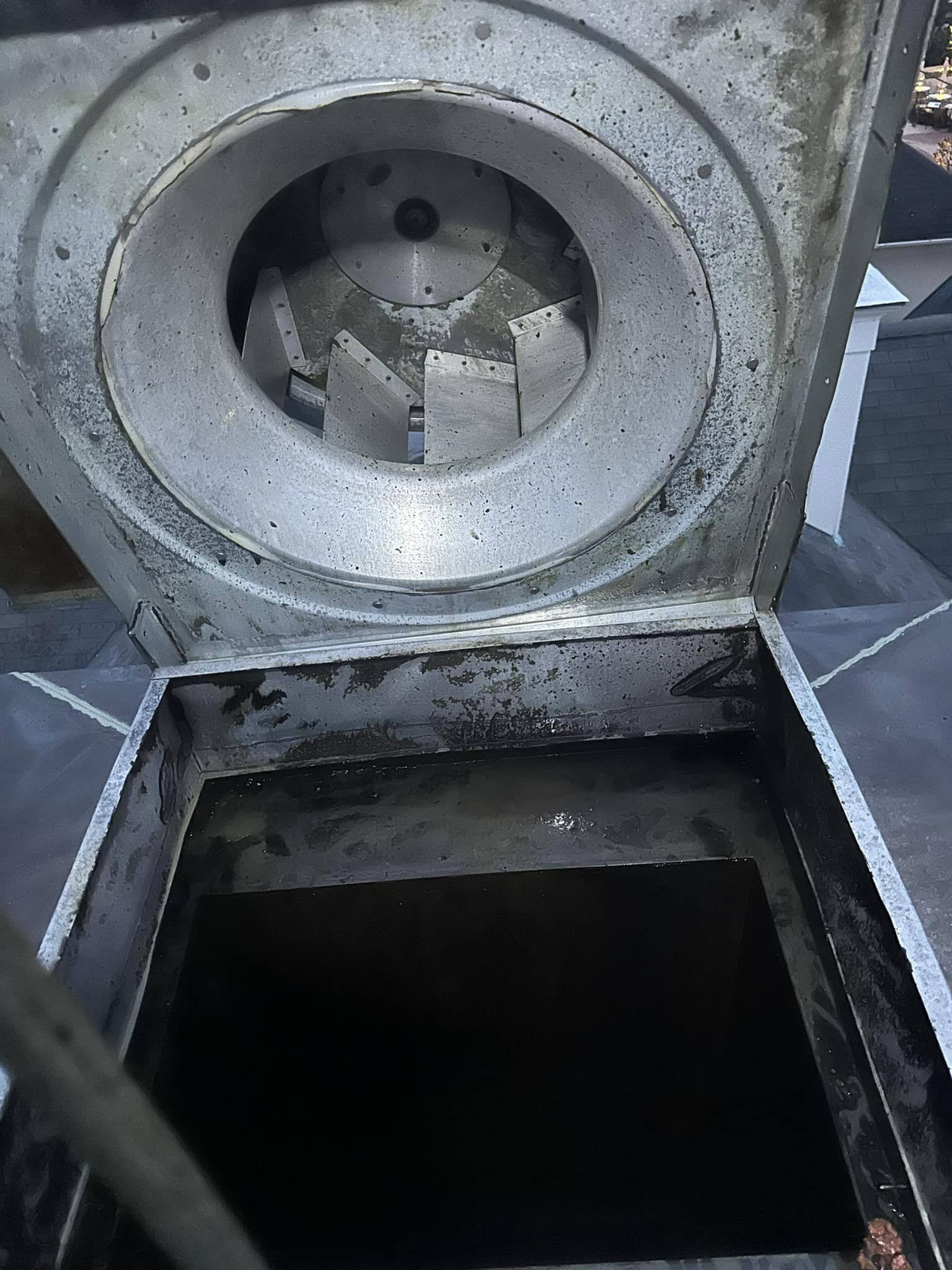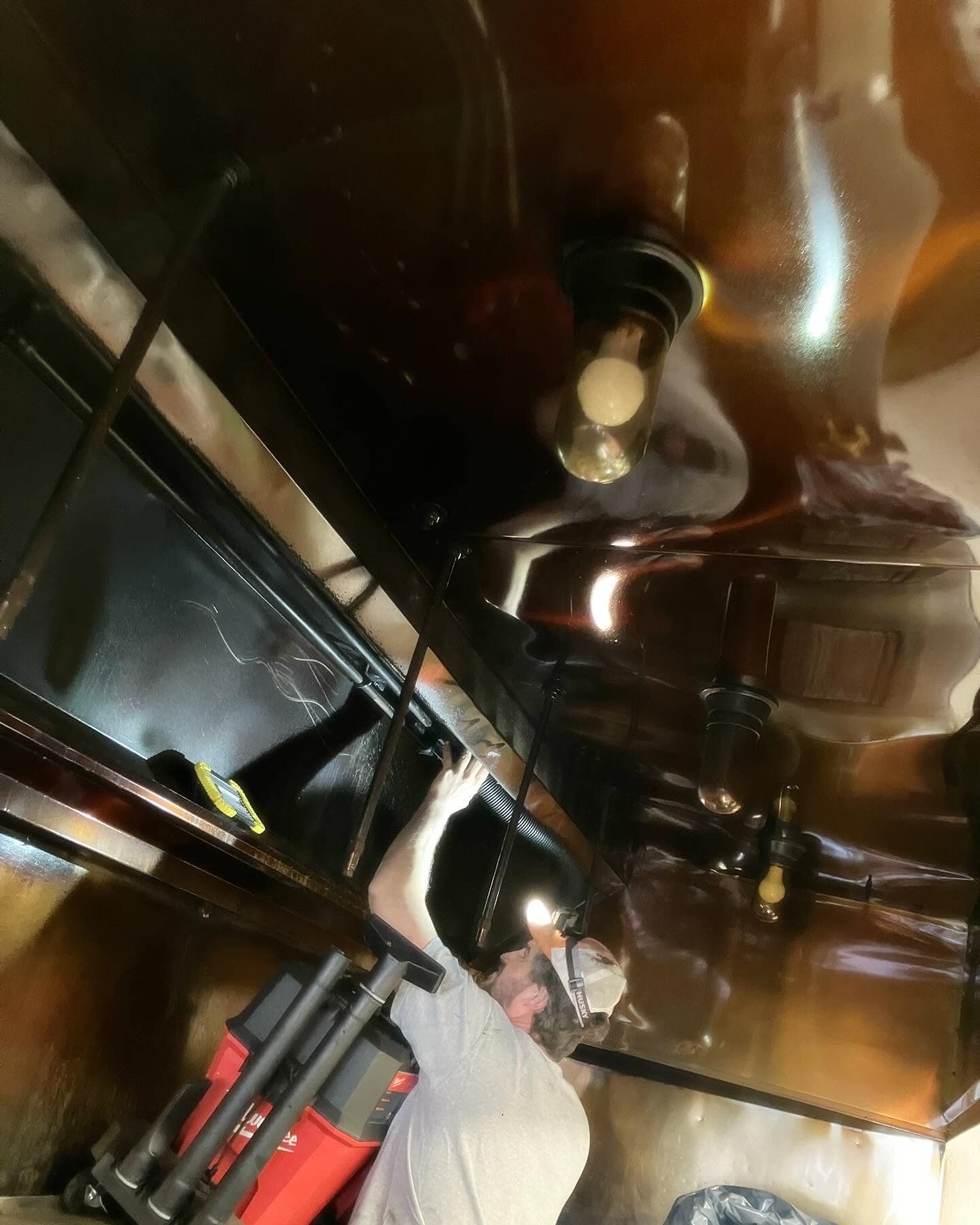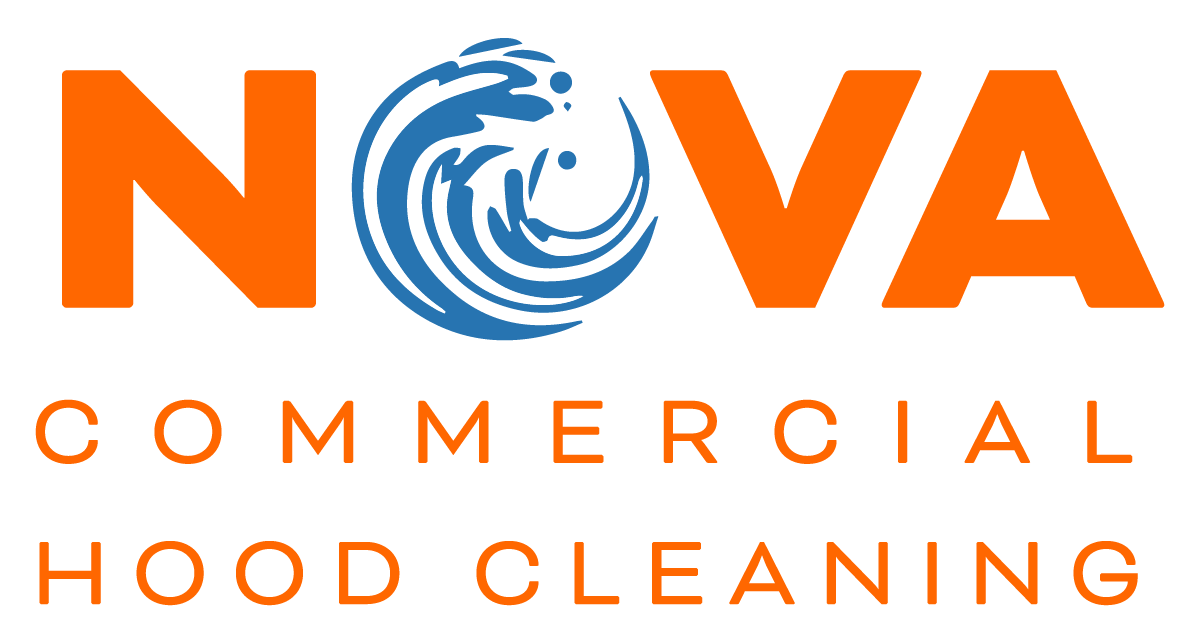Understanding the Health and Safety Regulations for Commercial Hood Vent Cleaning
Commercial hood vent cleaning plays a vital role in maintaining a safe and healthy environment in commercial kitchens. In addition to the importance of cleanliness, there are specific health and safety regulations that establishments must comply with when it comes to hood vent cleaning. This blog aims to provide readers with an understanding of the legal and regulatory aspects associated with commercial hood vent cleaning.
Local Fire Codes and Regulations:
Local fire codes often include specific requirements for commercial hood vent cleaning. These regulations are designed to prevent fire hazards and ensure the safe operation of kitchen ventilation systems. Fire codes may outline the frequency of cleaning, the specific areas to be cleaned, and the standards for grease removal. It is crucial for establishments to familiarize themselves with these codes and ensure compliance to maintain a safe working environment.
Occupational Health and Safety Standards:
Occupational health and safety standards are an essential aspect of commercial hood vent cleaning. These standards aim to protect the health and well-being of workers involved in the cleaning process. They may include guidelines on personal protective equipment (PPE) requirements, safe handling of cleaning chemicals, proper training for cleaning personnel, and protocols for working at heights or in confined spaces. Adhering to these standards helps minimize the risk of accidents and ensures the safety of workers.
Food Safety and Sanitation Regulations:
Commercial hood vent cleaning is closely linked to food safety and sanitation regulations. Grease buildup in hood vents can contribute to the growth of bacteria and contaminants, posing risks to food quality and safety. Regulations may include guidelines for preventing cross-contamination, maintaining hygiene during cleaning, and ensuring that cleaning procedures do not contaminate food preparation areas. Compliance with these regulations is critical to protect the health and well-being of customers and maintain the reputation of the establishment.
Reporting and Documentation:
Apart from compliance with health and safety regulations, maintaining proper reporting and documentation is essential. This includes keeping records of hood vent cleaning schedules, activities performed, and any maintenance or repairs conducted. Documentation serves as proof of compliance, helps track cleaning frequencies, and assists in demonstrating the establishment’s commitment to maintaining a safe and healthy environment.
Understanding the health and safety regulations associated with commercial hood vent cleaning is crucial for compliance and the overall well-being of the establishment and its workers. By adhering to local fire codes, occupational health and safety standards, and food safety regulations, establishments can mitigate risks, prevent accidents, and ensure the cleanliness and safety of their commercial kitchen environments. It is recommended to work with professional hood vent cleaning services that are knowledgeable about these regulations, as they can provide guidance and ensure that all cleaning activities align with the required standards. By prioritizing compliance and safety, commercial establishments can create a conducive and healthy environment for both their employees and customers.

The Grease-Free Guide to Preparing for Health Inspections

Celebrating Cleanliness: How Regular Hood Maintenance Boosts Restaurant Reviews

A Clean Sweep: How Jersey Mike’s Subs Maintains Top Hygiene Standards

Beyond the Kitchen: Extending Commercial Hood Cleaning to Unexpected Areas

